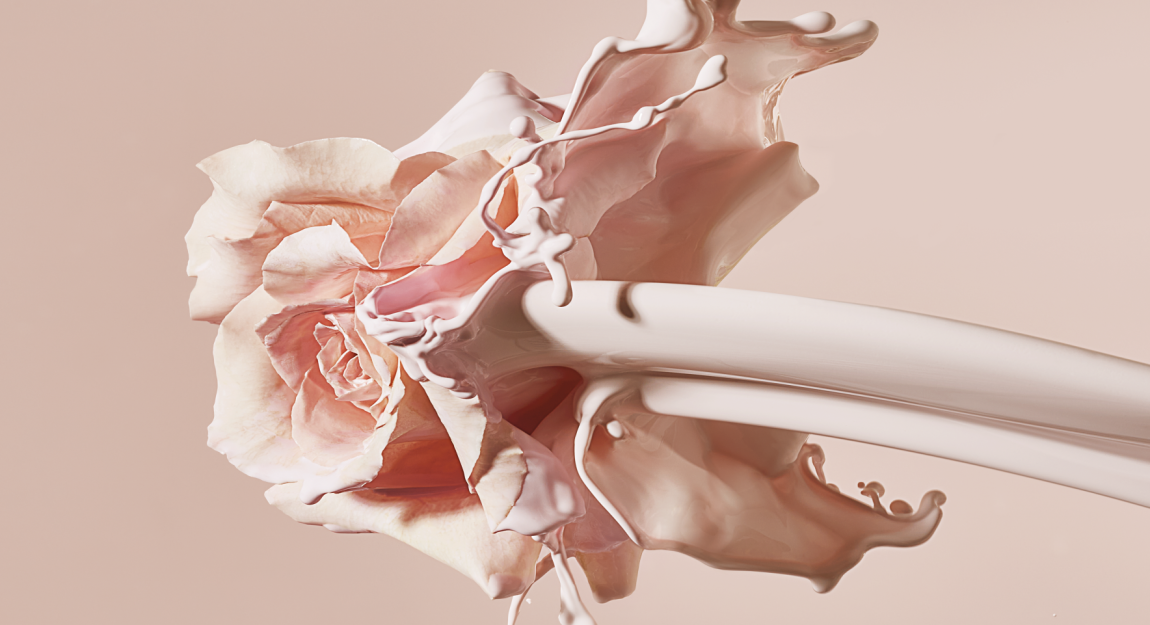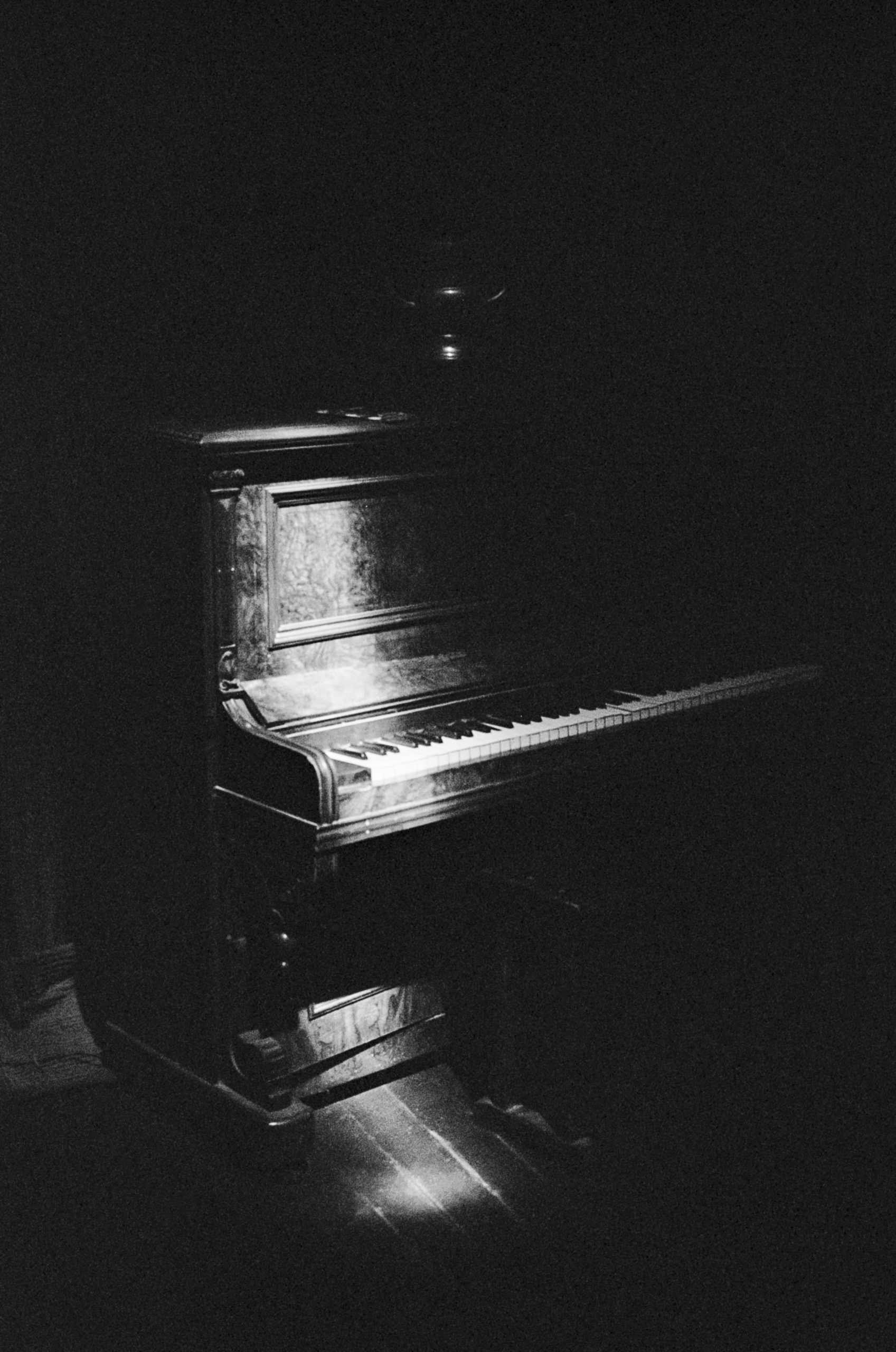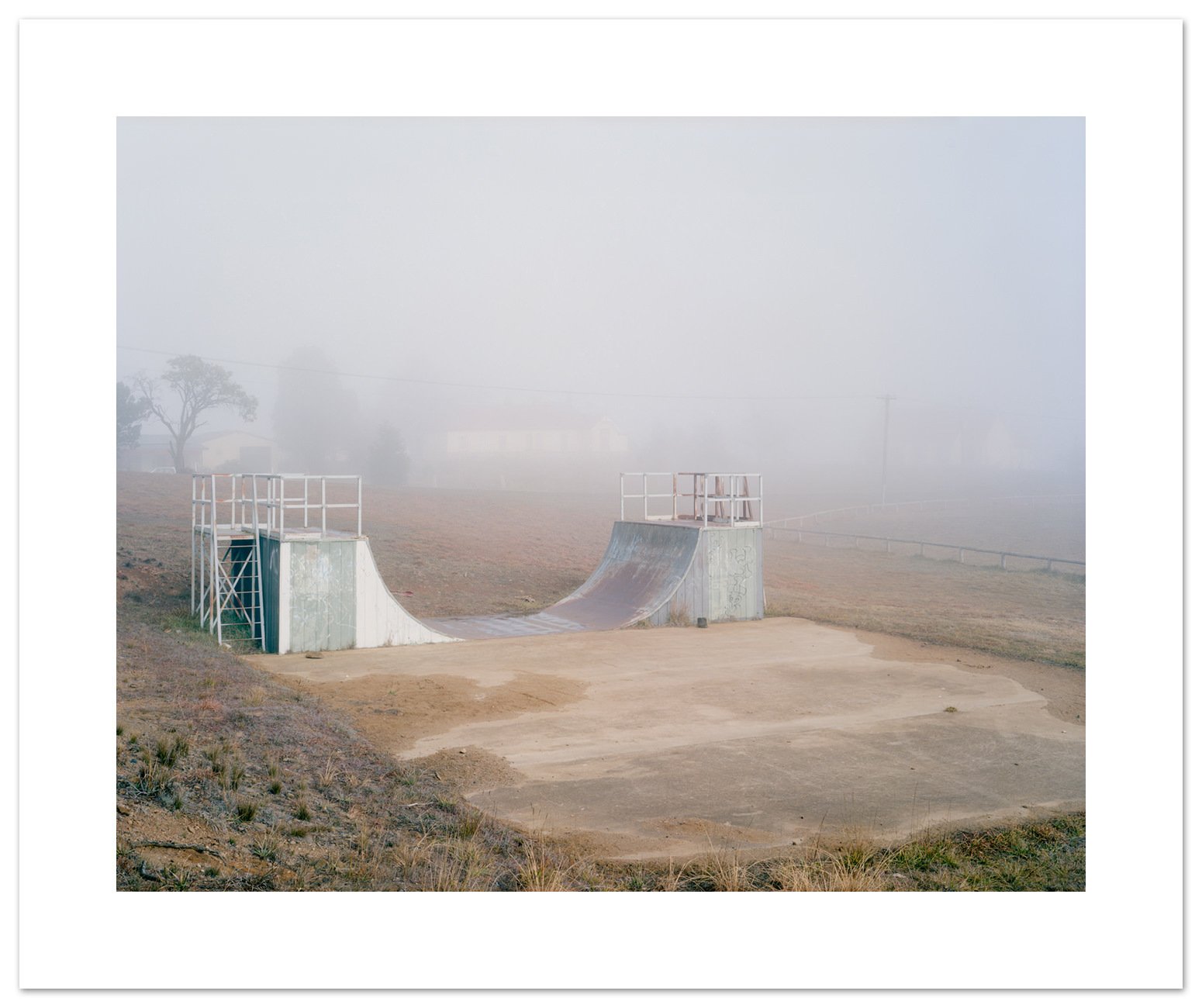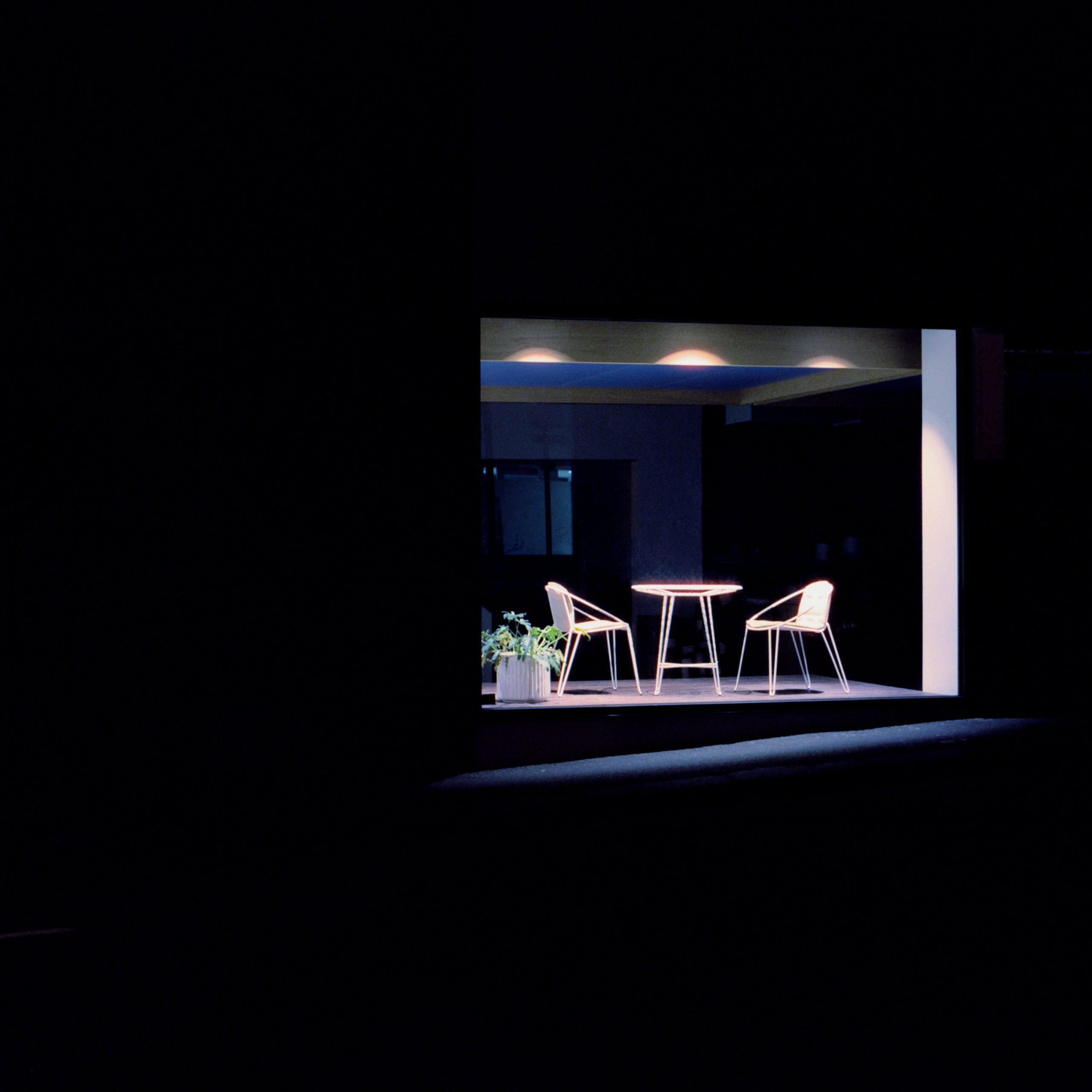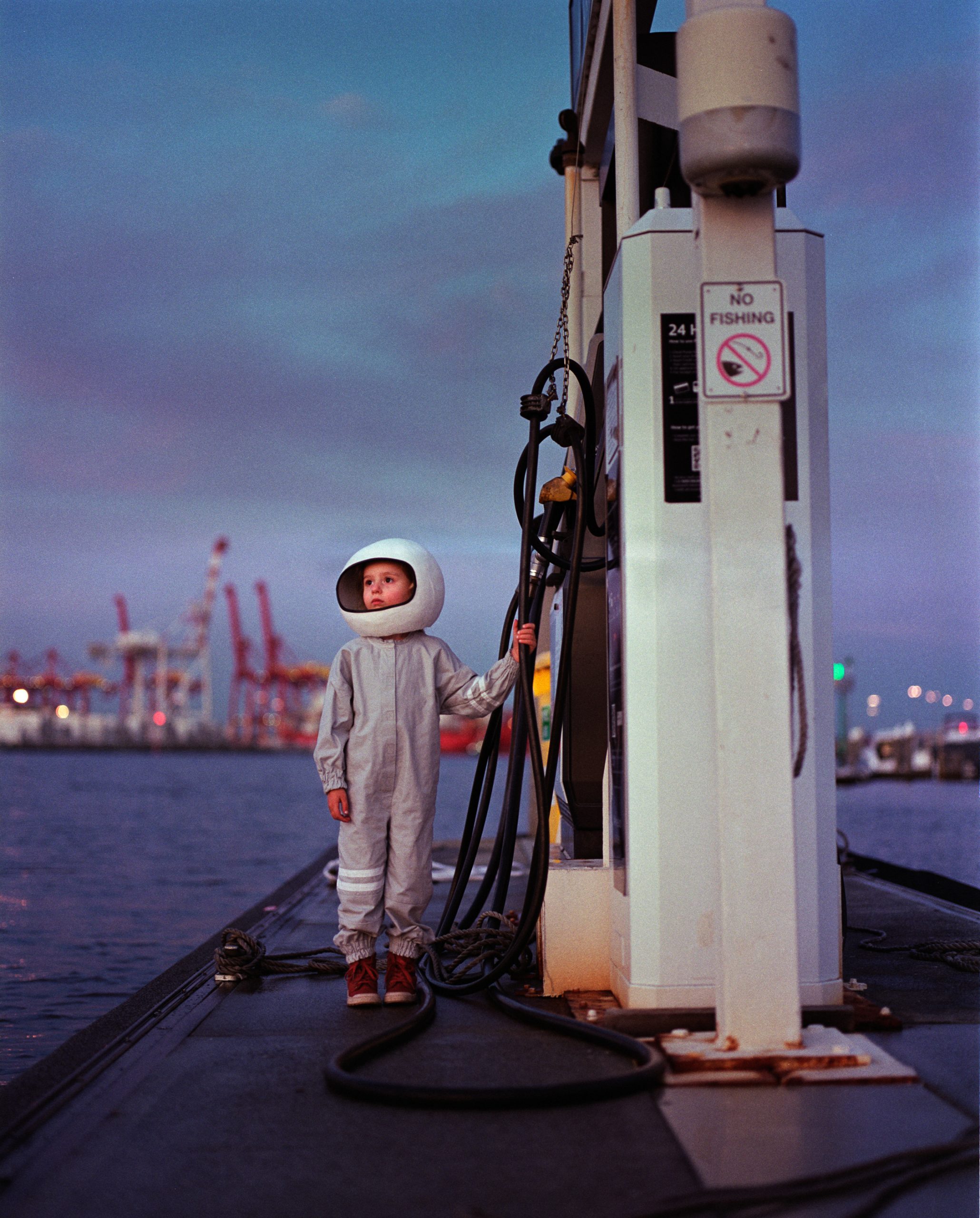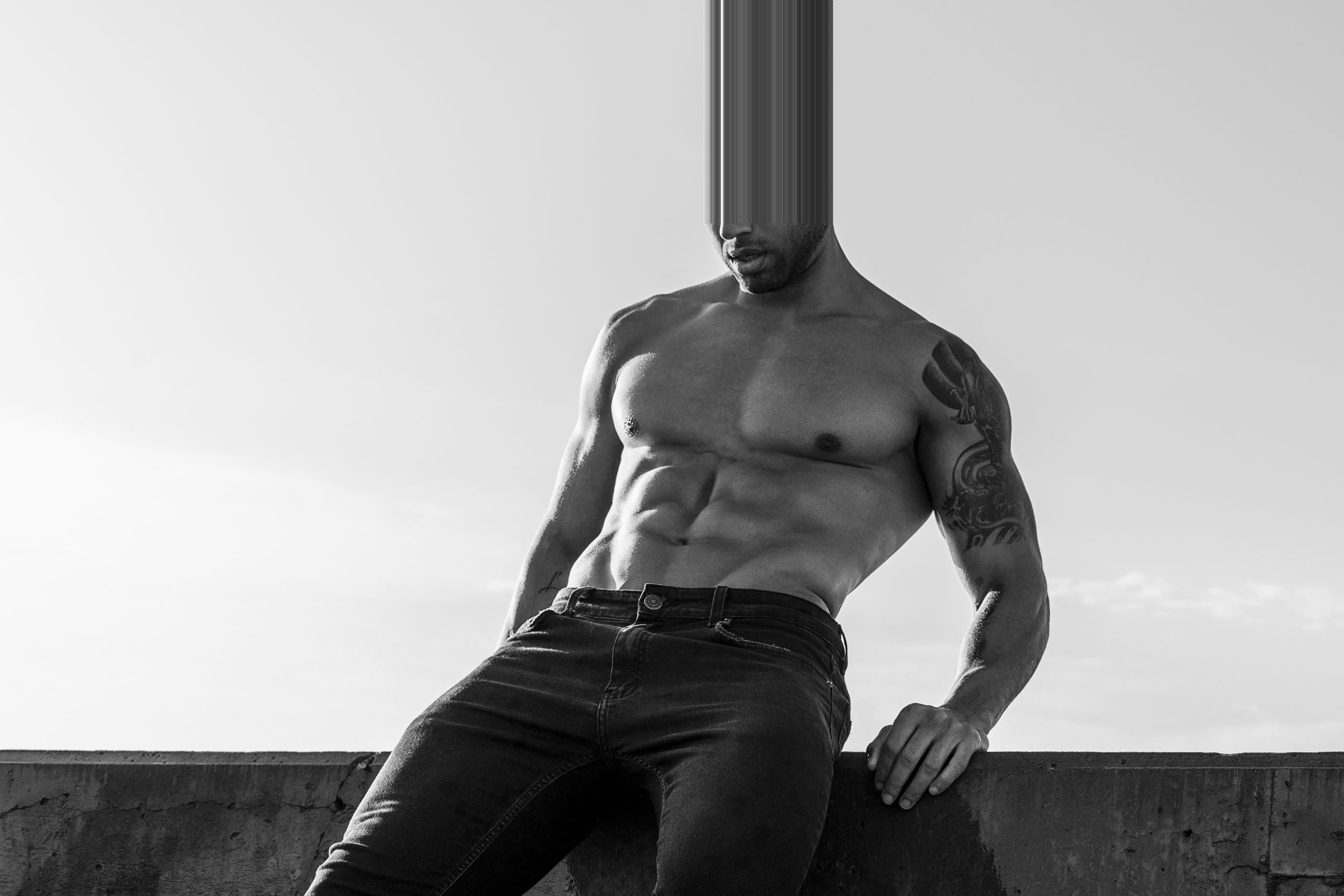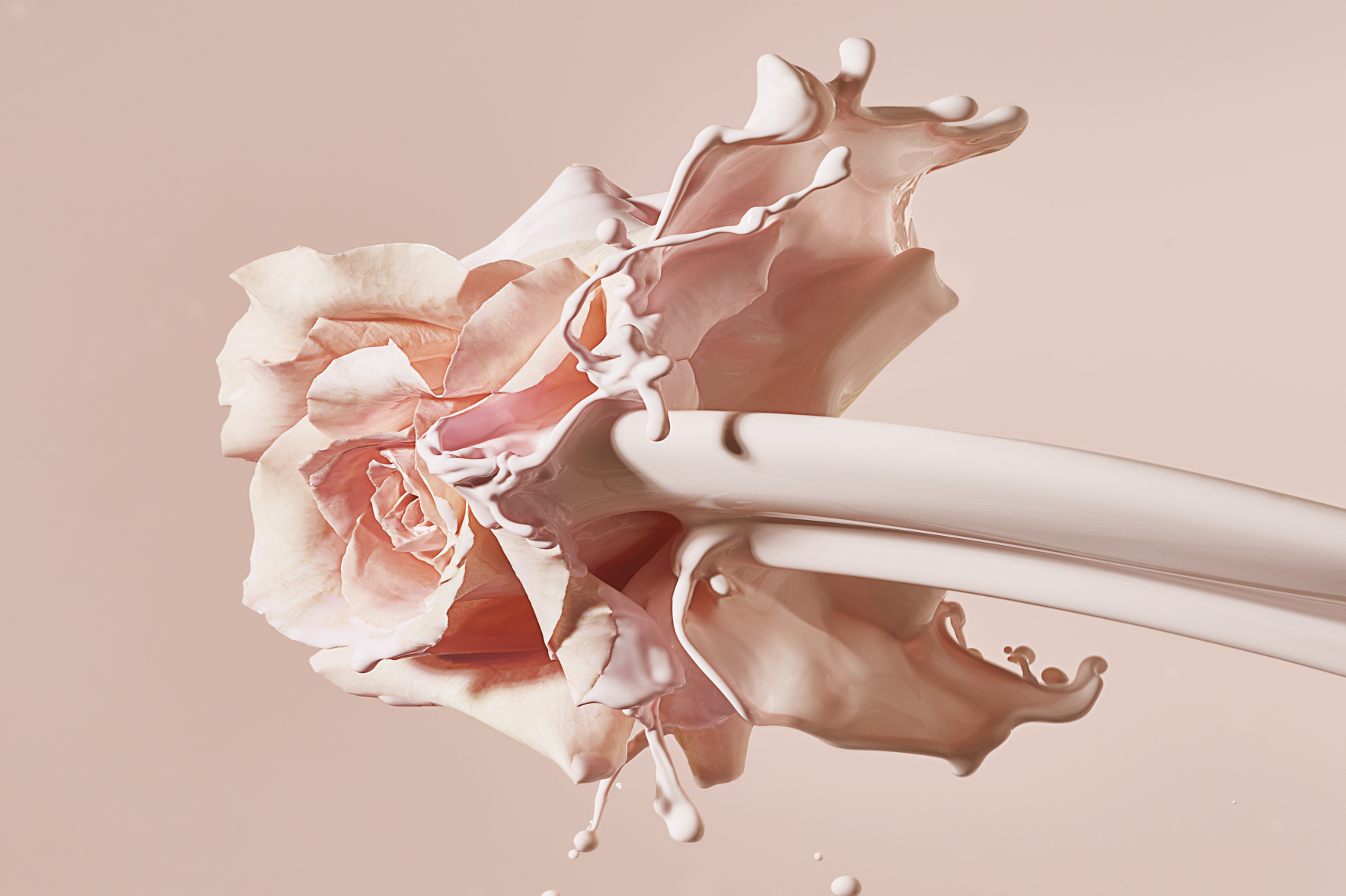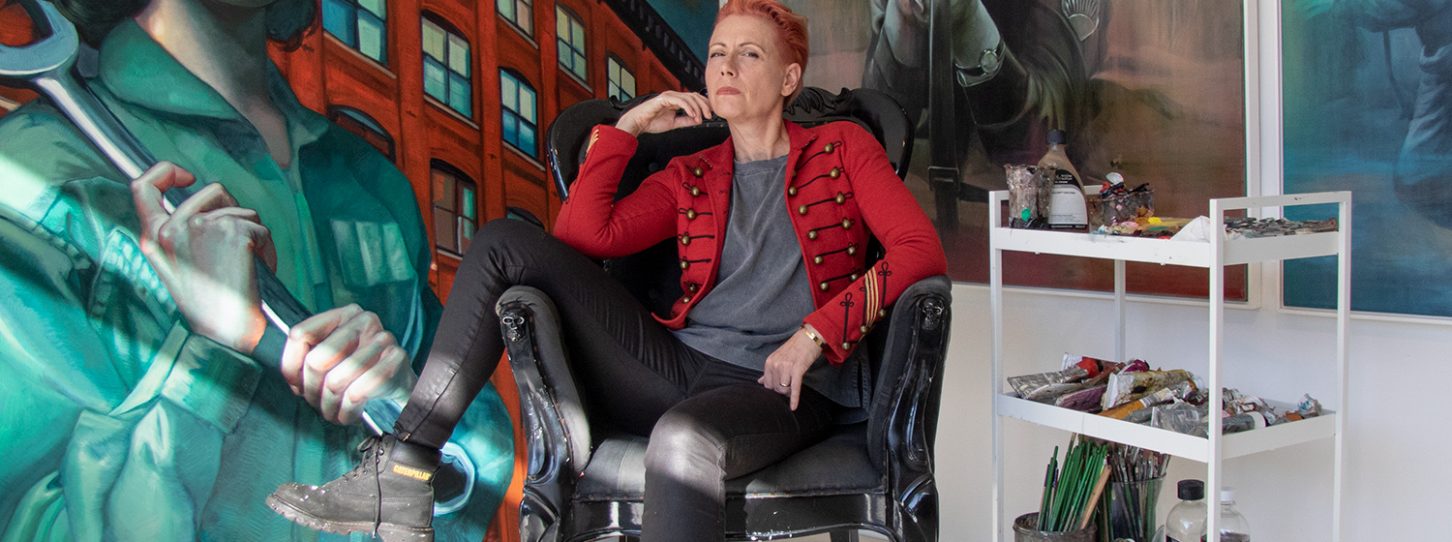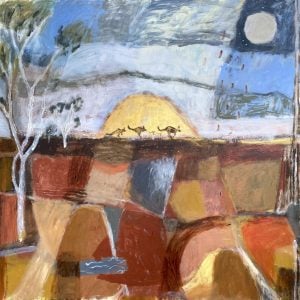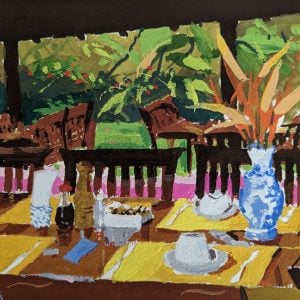Film vs Digital Photography: What’s the Difference?
Photography is a brave new frontier in the art world. It has allowed artists to bring their work to life. Literally. It’s an art form that continues to change and progress depending on the technology available. That being said, despite technological advancements in digital photography, analogue photography remains a very popular medium.
So, film vs digital photography: what’s the difference?
In celebration of the esteemed photography artist, Tamara Dean, presiding over the Bluethumb Art Prize 2022 judge panel, Bluethumb and Tamara have developed a guide to understanding the difference between film and digital photography.
What is film photography?
According to Masterclass, “Traditional film photography captures images by exposing individual frames on a roll of film to light. Film is made of plastic and layered with silver halide crystals that darken when exposed to light, capturing negatives of images. When a photographer uses up all the exposures on a roll of film, they take it to a darkroom and develop the photos using liquid chemicals.”
Why is film photography still so popular?
Tamara Dean explains, “I think it comes down to having a tangible, physical outcome, that being the roll of film. From there you can attain incredible quality with the right type of scanner or printer. The immediacy of digital also can be distracting if you are continually checking what you have shot. There is the element of mystery and a sense of anticipation and
excitement that can come with having to wait to develop film and print an image.”
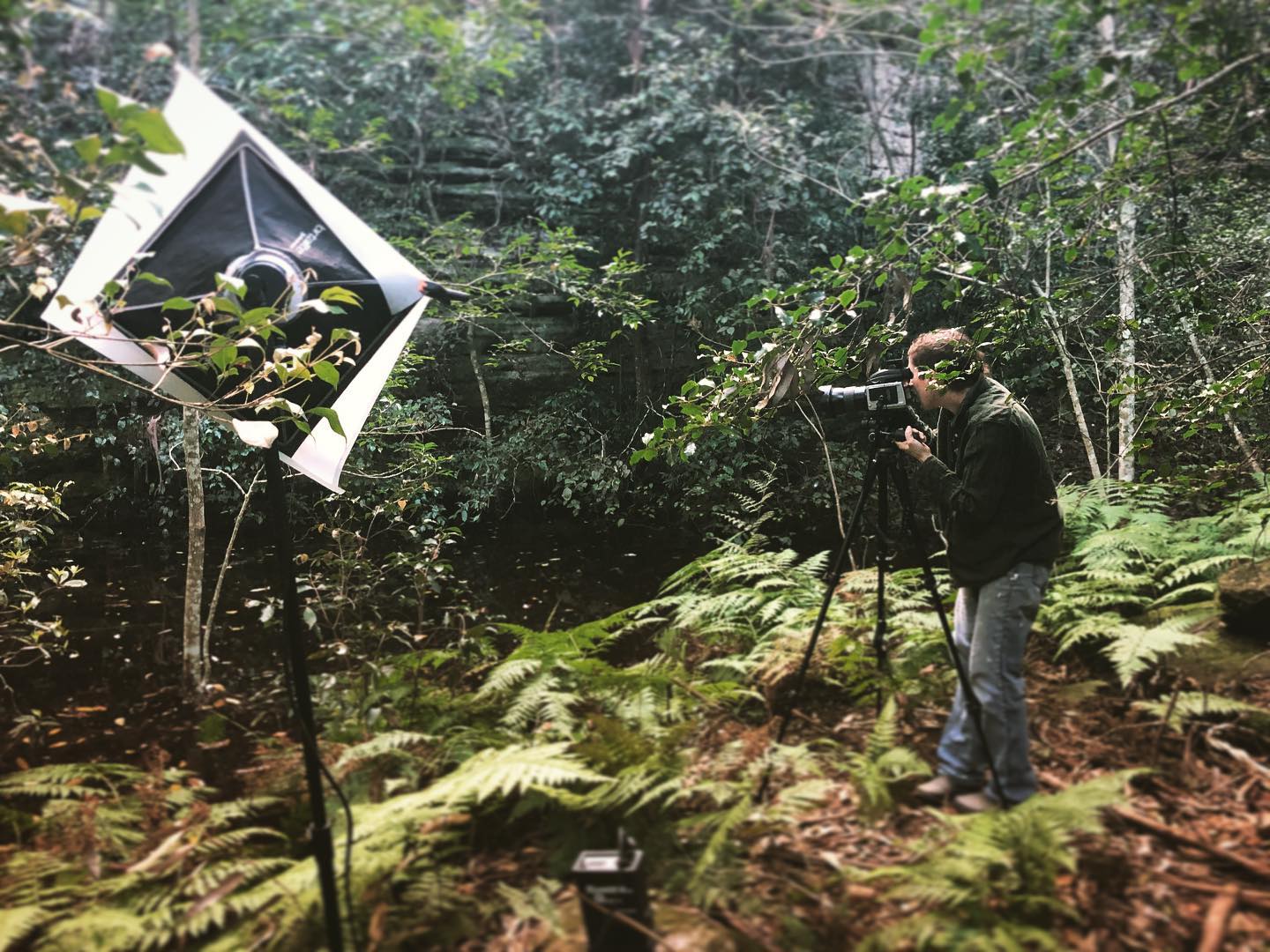
Tamara Dean out in the field.
Film photography can have a higher dynamic range than digital photography
Film photography can have a higher dynamic range than digital photography. This means there is not as much difference between the light and dark aspects of the photo. This can produce dramatic imagery and powerful artwork.
Analogue photography can have higher resolution than digital photography
It’s very interesting to note that film can have a higher resolution than digital photography.
A digital camera’s sensor is made up of light-sensitive pixels which capture the light from the scene. Film cameras are similar except their pixels contain silver halide crystals, which help to form an image. This can produce a higher resolution image, which captures more detail.
At times, the clarity in film photography is self-evident, such as Tweed Heads artist Paul Skinner’s picture Australian Alps #1 Ed. 20 of 25. (below)
Distinct analogue features
It’s easy to forget that Instagram became popularised because of its analogue photography filters. It’s an undeniable aspect of film photography that makes it so endearing.
Film grain adds texture and natural inflexions to photos that are not easily imitated in the digital process.
What is digital photography?
Digital photography is the process of taking photographs by using an electronic sensor to capture light rather than film. These images are then stored digitally on a memory card and are easily transferable as a digital file.
Unlimited editing potential
Editing software allows for limitless experimentation and resultingly surreal and ambitious artwork. This can be seen in Jeff Caulfield’s work, Ascension Ed. 1 of 15
Easier control over camera settings
Digital photography allows the photographer to change settings that are essential to the image like shutter speed, aperture, ISO and exposure, more easily and observe first-hand the impacts these settings have on the image.
Adjusting these settings in film photography can produce miscalculations and unwanted impacts.
For example, having control over shutter speed allows for motion to be captured more accurately. A shorter shutter speed, meaning the sensor is exposed for less time, captures less light and captures motion more quickly and accurately.
This can be seen in Sydney photographer, Benjamin Cole’s image Pretty In Pink 16. Ed. 2 of 5
On the other hand, longer shutter speed exposure allows for capturing rich amounts of information, which can be seen in cosmic photography. Adelaide photographer, Alex Frayne’s work, We Are All Star Stuff Ed. 2 of 5 (see below) best shows this.
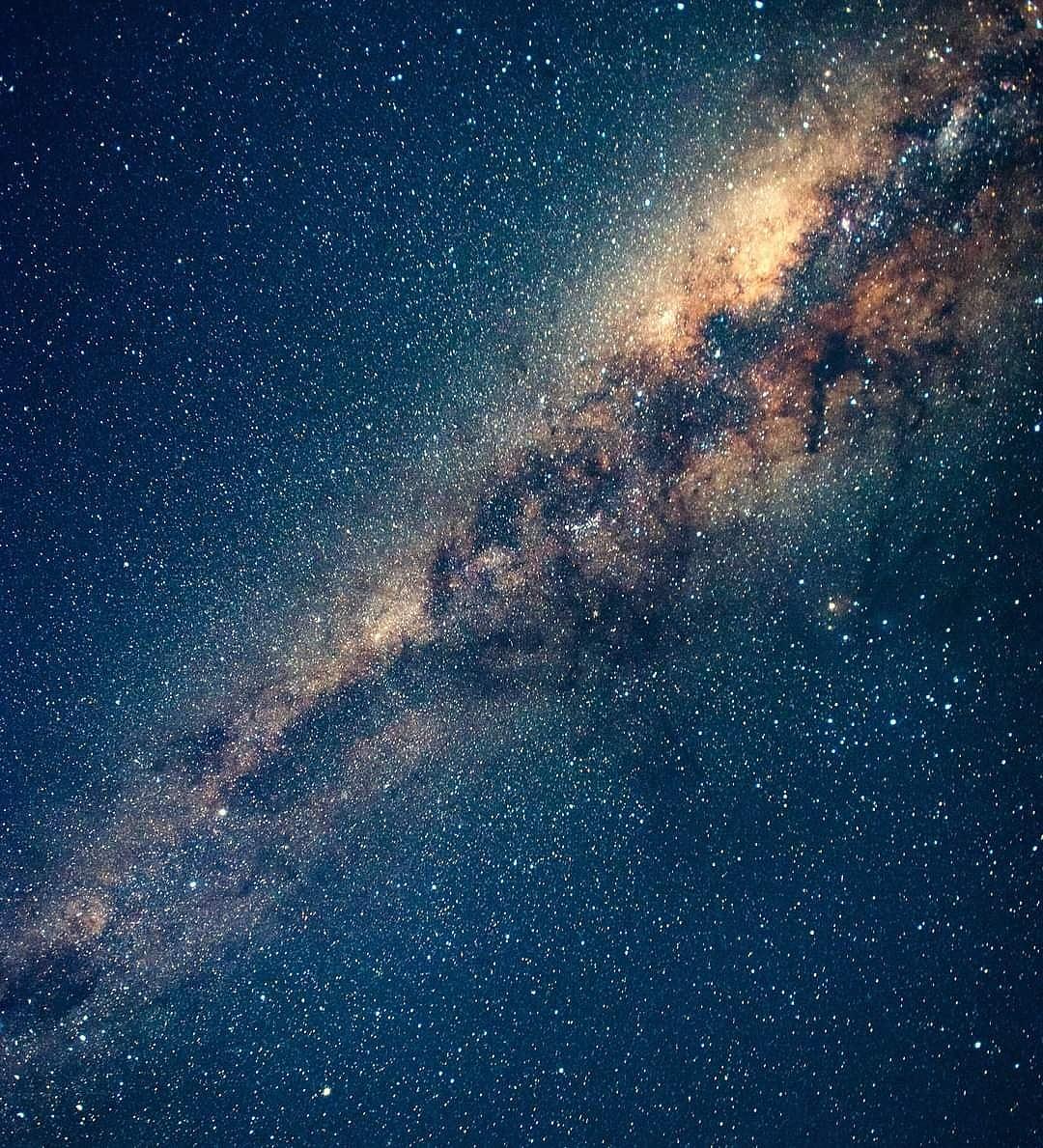
Longer shutter speeds allow for more information to be captured by the sensor. This was captured at 30 seconds of exposure.
What is more important in developing for photographic style – experimenting with cutting edge digital features, revisiting analogue techniques, or a combination of both?
Tamara Dean explains that in her experience, “Developing my photographic style has very little to do with cutting edge digital features, although there are aspects which may have been shaped by learning to work with a medium-format analogue camera.”
“When I shifted from photojournalism to conceptual photography in 2005, I intentionally changed camera format from 35mm to 120mm medium format… This helped to delineate between the two styles and approaches.”
Tamara says that she can use the two in coexistence with one another, “As the digital camera technology caught up with the quality I had been achieving with my medium format film camera I made the switch to help with my workflow.”
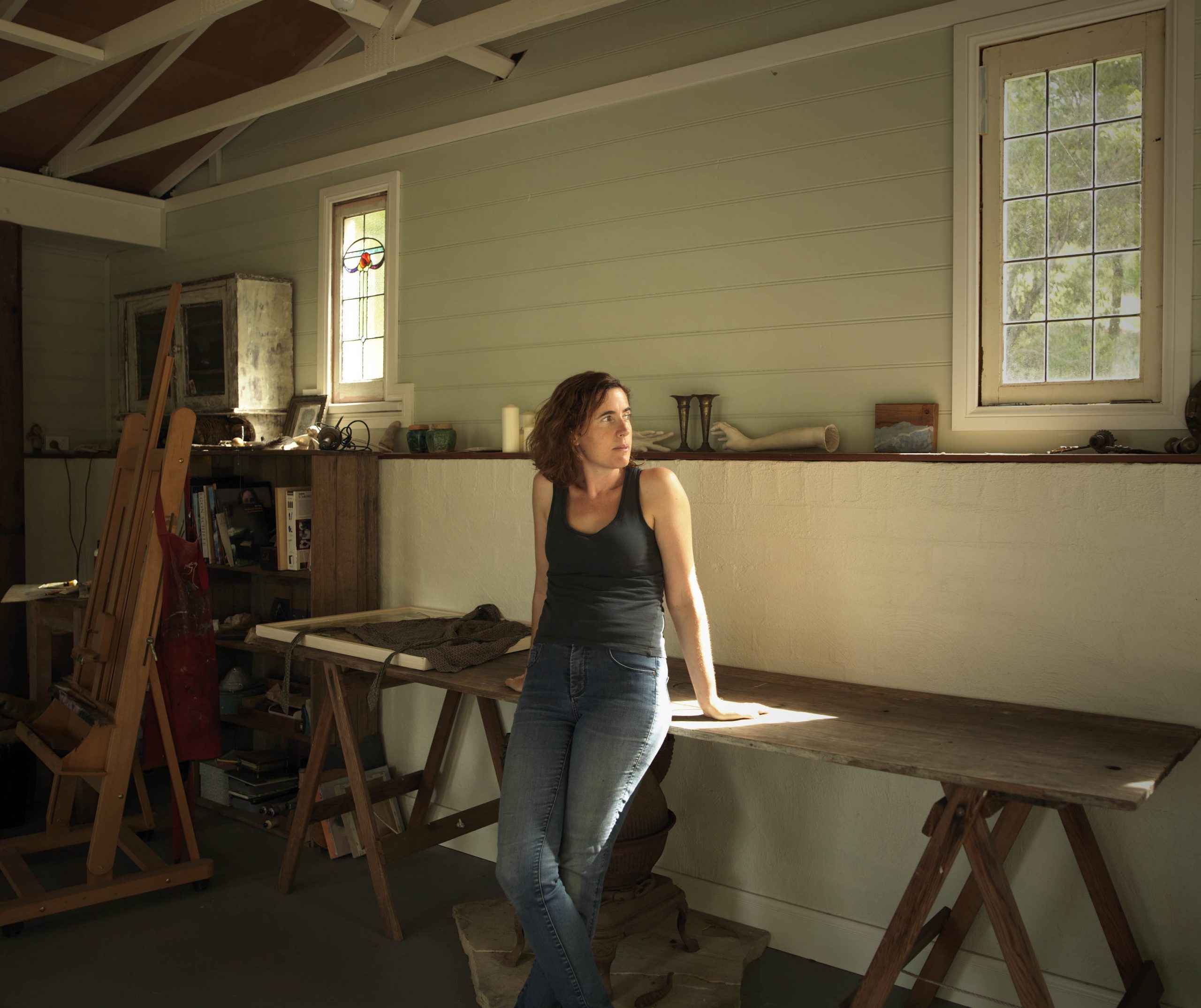
A portrait of Tamara Dean.
Film vs Digital Photography: which is better?
Despite technological advances in photography, film photography still retains its popularity and possesses qualities that are still relevant to artists. It’s what makes the medium interesting: different cameras produce different results.
Artistic merit is not judged on the equipment photographers use. Photographers should experiment with cameras, both film and digital and see what images resonate with them. Read our ultimate guide to taking great photos here.
Really, it’s not a matter of film vs digital photography; it’s a matter of film and digital photography together.
Photographers, both established and new to the medium, are encouraged to enter the Bluethumb Art Prize 2022 here
Explore the art prize photography submissions.
New to collecting photography art? Read our ultimate guide to starting a collection.

